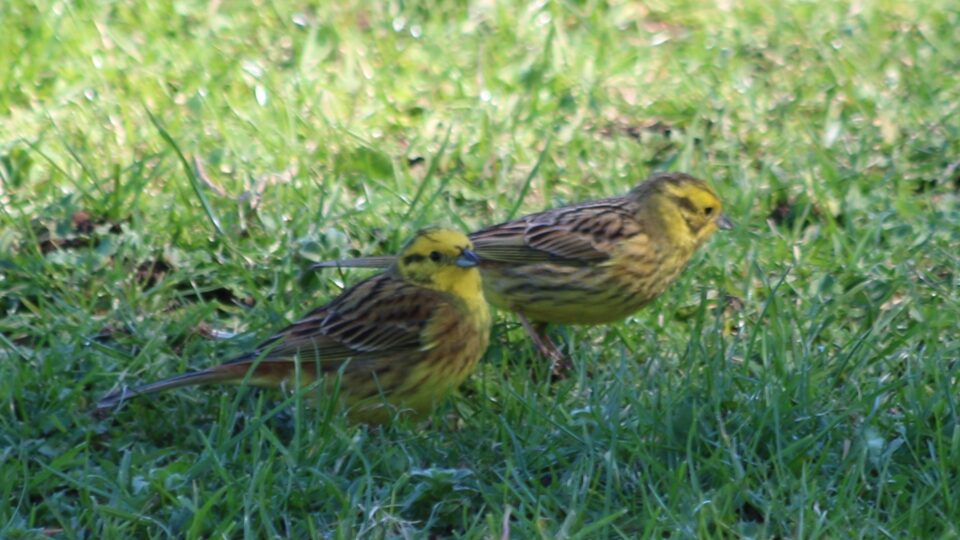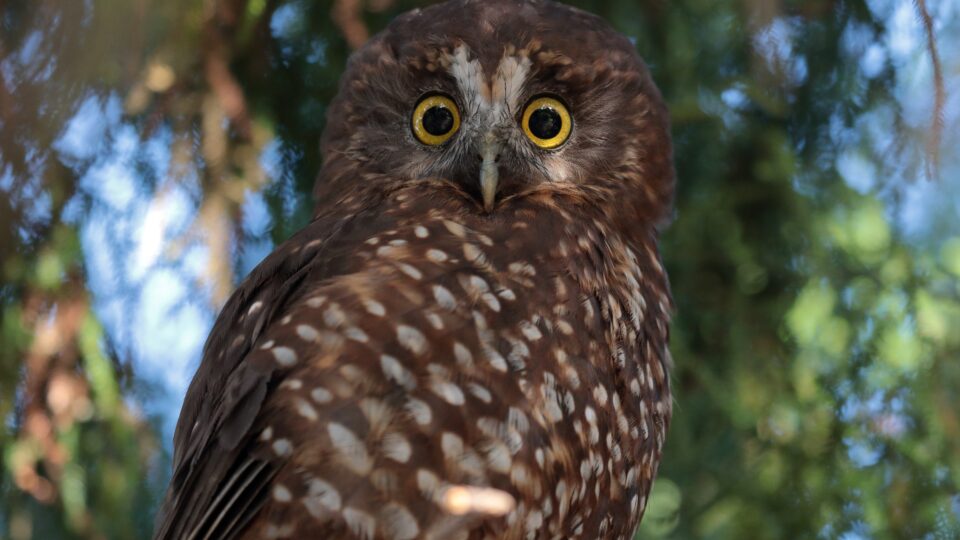Ecology
Birds of Autumn

Cornwall Park is home to over 30 species of birds, all nurtured by its abundant native and exotic flowering and fruit-bearing trees. Our landscape offers food, shelter, and a playful environment for visiting and resident bird life. This season, we're highlighting three bird species as they busily forage throughout our farmland and forests during autumn.
Welcome Swallow (Hirundo neoxena), also named warou in te reo Māori, is a small bird native to Aotearoa New Zealand. Self-introduced from Australia, they have been breeding in New Zealand since the 1950s. They mainly feed on small insects, and they catch their prey mid-air, using their amazing aerobatic flying skills.
Fun fact: swallows fledge or start to leave the nest at just 18 days old.
In the park: you'll find groups and pairs perched on paddock fences, Acacia Cottage and Huia Lodge or swooping through the Native Arboretum.

The yellowhammer (Emberiza citronella) is common all over the world; it was introduced to Aotearoa, New Zealand, in the 19th century. They are about the same size as sparrows and are commonly seen in house gardens, urban parks, and open land across the country. You might mistake them for a greenfinch, but they have bright yellow heads and chests. Their main diet consists of grass seeds and insects. Yellowhammers are very social birds and are often seen alongside other species, such as house sparrows, goldfinches, and greenfinches.
Fun fact: Despite being introduced from the UK, the yellowhammer population in New Zealand has been found to sing with a European dialect!
In the park: you'll find them in long grass and paddocks, they also love the olive grove.

Ruru (Ninox novaeseelandiae), or morepork, is a small owl which is endemic to Aotearoa, New Zealand. Their diet consists of worms, small insects, small mammals (such as mice and rats) and birds. Ruru is predominantly nocturnal, and with the help of their soft and particularly-shaped wings, they fly extremely quietly.
Often referred to as the "Guardian of the Forest", ruru is very common in urban ecosystems, spotted in reserves, backyards, forests and parks like Cornwall Park. They love roosting in the tall trees, where they can spot prey, seek shelter and raise their young.
You can help your ruru friends to thrive in a few ways. For example, installing a nesting box for them in the backyard, maintaining the large trees, and leaving a light on for them at night – as the light source will attract their food, such as moths.
Fun fact: did you know ruru can rotate its head up to 270°?
In the park: you might hear their iconic call near the park close or see them resting in the day in the tree canopy.
Learn more about our birds by visiting Huia Lodge Discovery Hub and by picking up one of our birds brochure, which you can also download here.
